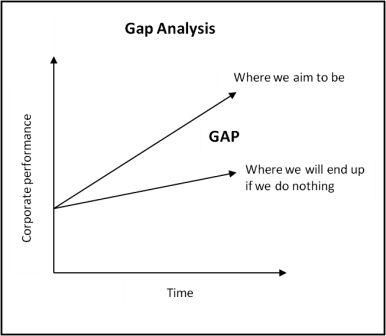The insurance industry has indicated that the rollout for ICD-10 has gone smoothly for most of the large health insurance providers.
January, 2016 - As we turn the page on 2015, we can look back and reflect on what a year it has been. One of the biggest hurdles faced by EMS providers in 2015 was the planning, educating, training and implementing of ICD-10 coding. If EMS agencies did not budget and take the time to plan, attend education programs or provide training to their EMS staff, their budget may be severely impacted by an increasing number of denials or post payment audits by the insurance industry
Omni EMS billing spent over 100 hours working with their staff in all areas of the implementation process. They offer free training webinars to assist clients in equipping their staff to respond correctly with ICD-10 challenges.
However, this may not be true for everyone. Some EMS agencies have seen an increase in denials. This may be due to poor documentation in the support of medical necessity and the medical interventions that were provided to the patient. (click here to read more about Medical Necessity).
Gap Analysis
To reduce the risk of denials or audits by the insurance industry, EMS managers must do an internal assessment to determine all areas of their agency affected by the ICD-10 transition. This will help in creating an effective gap analysis. A gap analysis is a tool used to evaluate the difference in potential performance as compared to actual performance. It includes strengths, weaknesses, opportunities, and threats.
This gap analysis tool can be used to improve many aspects of your company’s operations such as data collection and documentation policies; system software; healthcare information compliance; education and training needs; and quality assurance / quality improvement process.
One of the most transformative ways a gap analysis can be of use, is through the analysis of your medical documentation policy process. The gap analysis of the policies and procedures for the patient care report completion should include the following key points:
- legibility
- obtaining appropriate signatures
- detailed reporting to support medical necessity and
- a full detailed assessment on each patient

To receive a free consultation on our billing services, please contact us.
Grant Helferich: Grant is employed as the EMS Advisor/Client Trainer with Omni EMS Billing in Wichita, Kansas. He is a former member of the KEMSA Board and has also served as the treasurer and president of the KEMSA Administrator’s Society. He was certified as an EMT, EMT-I, M.I.C.T. , and T.O. II. Grant has worked as an EMT, EMT-I, M.I.C.T., Field Supervisor, Flight Paramedic, Cardiovascular Specialist, Assistant Director, and Director of EMS.










